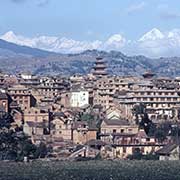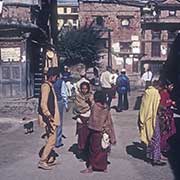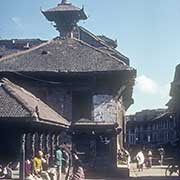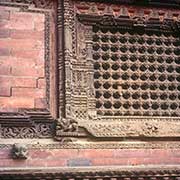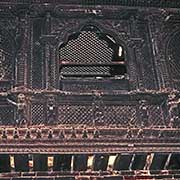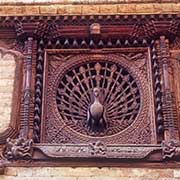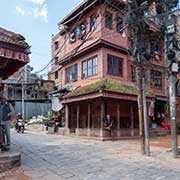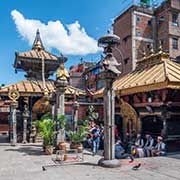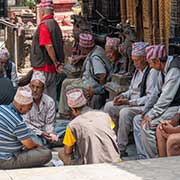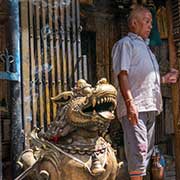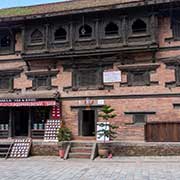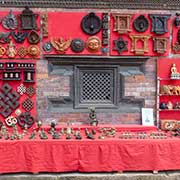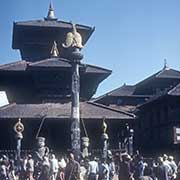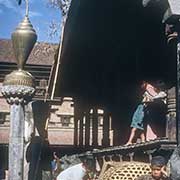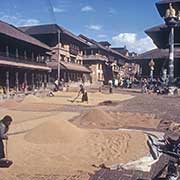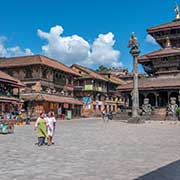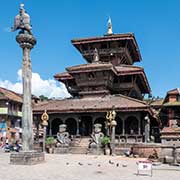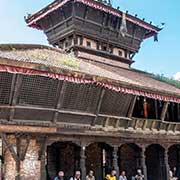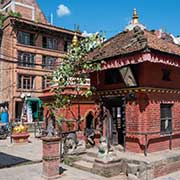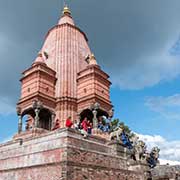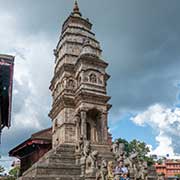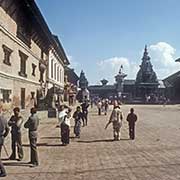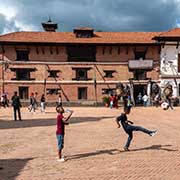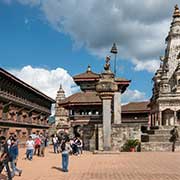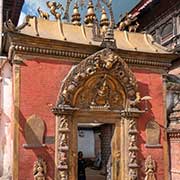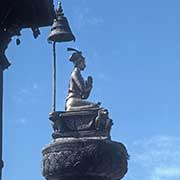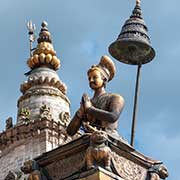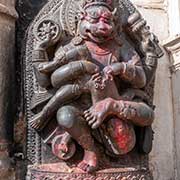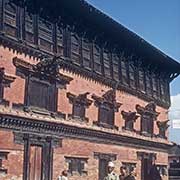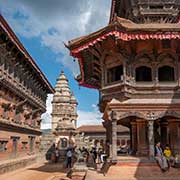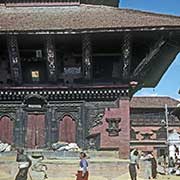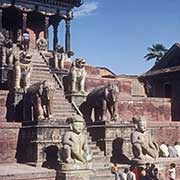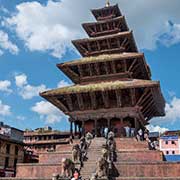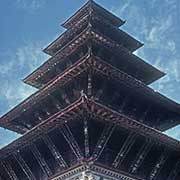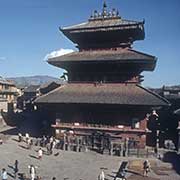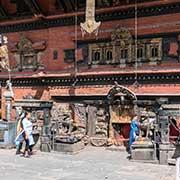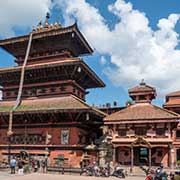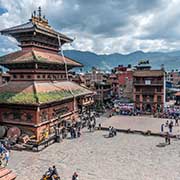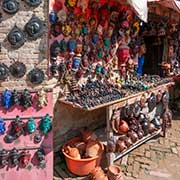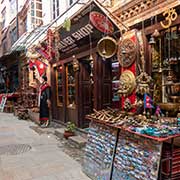Photos of Bhaktapur, Nepal’s best-preserved old city
Bhaktapur, Nepal’s best-preserved old city
Bhaktapur (meaning “City of Devotees”), once known as Bhadgaon and Khwopa (in the Newari language), is one of the three cities in the Kathmandu Valley, about 13 kilometres east of Kathmandu. It has resisted the rapid change of the other two cities in the valley. Bhaktapur Durbar Square is the best-preserved old city centre with its palace courtyards in Nepal.
you may then send it as a postcard if you wish.
Bhaktapur (meaning “City of Devotees”), once known as Bhadgaon and Khwopa (in the Newari language), is one of the three cities in the Kathmandu Valley, about 13 kilometres east of Kathmandu. It has resisted the rapid change of the other two cities in the valley. Bhaktapur Durbar Square is the best-preserved old city centre with its palace courtyards in Nepal.
It was the largest of the three Newar kingdoms of the Kathmandu Valley and the capital of Nepal during the great Malla Kingdom until the second half of the 15th Century. King Bhupatindra Malla ruled Bhadgaon from 1696 to 1722, and the Royal palace complex was built during his reign. The square in Bhaktapur was severely damaged by an earthquake in 1934. The magnificent Golden Gate in the gatehouse to the Royal Palace remains, and the façade of the Palace of Fifty-Five Windows was completed in 1754. A considerable amount of damage was done to the palace complex during the earthquakes of both 1934 and 2015, but most have been repaired.
There are beautiful temples and pagodas around the palace dedicated to various Hindu deities. There is the late 15th-century Pashupatinath Temple, dedicated to Shiva; the Nyatapola temple with its five-tier roof, just over thirty metres high; and many others. Beautiful wood carvings are everywhere. The Pujari Math Museum buildings, used initially as Hindu priests’ houses, have the most excellent examples of this intricate art. But it is a living city, with women drying grain on the squares in front of temples and stupas after harvesting.




